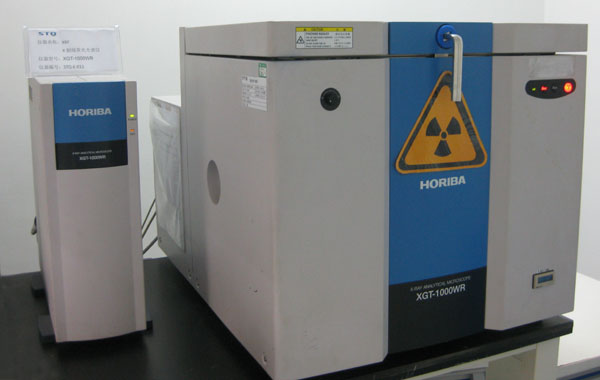- EDX-XRF
EDX-XRF
Energy-dispersive X-ray spectroscopy (EDS,
EDX, or XEDS) is an analytical technique used for the elemental analysis or chemical
characterization of a sample. It relies on the investigation of an
interaction of some source of X-ray excitation and a sample. Its
characterization capabilities are due in large part to the fundamental
principle that each element has a unique atomic
structure allowing unique set of peaks on its X-ray spectrum.
To stimulate the emission of characteristic X-rays from a specimen, a
high-energy beam of charged particles such as electrons or protons, or a beam of X-rays, is focused into the sample being
studied. At rest, an atom within the sample contains ground state (or unexcited) electrons in discrete energy levels or electron shells bound to the nucleus. The incident beam may excite an
electron in an inner shell, ejecting it from the shell while creating an electron hole where the electron was. An electron from an outer,
higher-energy shell then fills the hole, and the difference in energy between
the higher-energy shell and the lower energy shell may be released in the form
of an X-ray. The number and energy of the X-rays emitted from a specimen can be
measured by an energy-dispersive spectrometer. As the energy of the X-rays are
characteristic of the difference in energy between the two shells, and of the
atomic structure of the element from which they were emitted, this allows the
elemental composition of the specimen to be measured.
